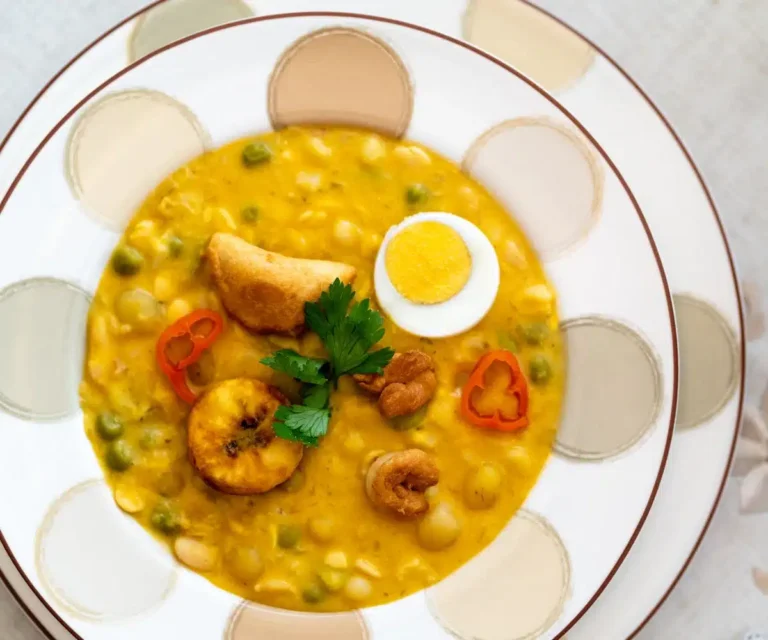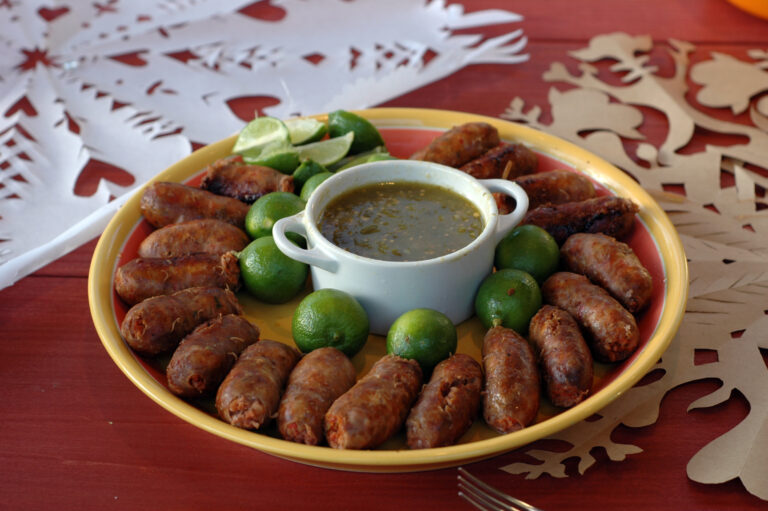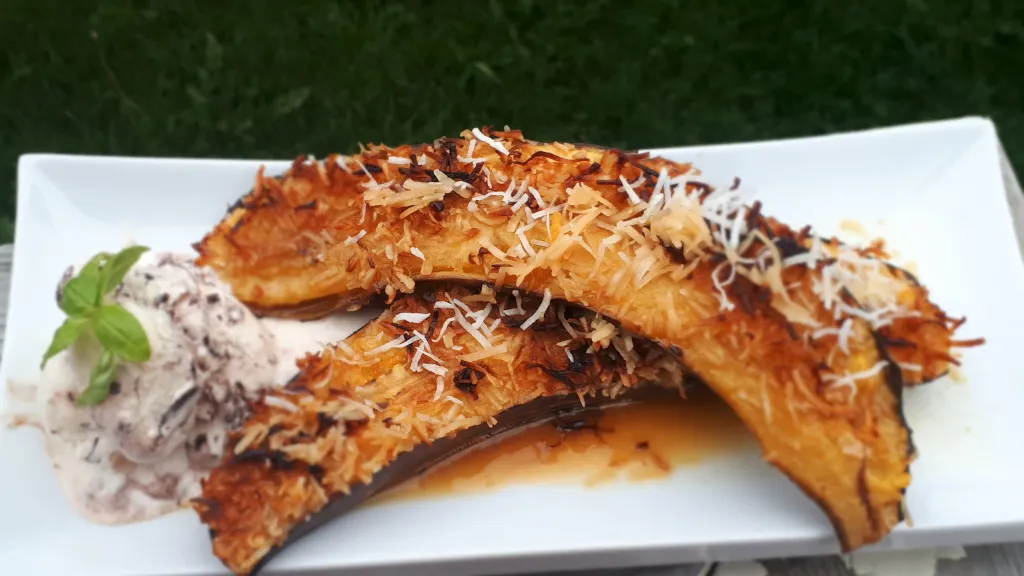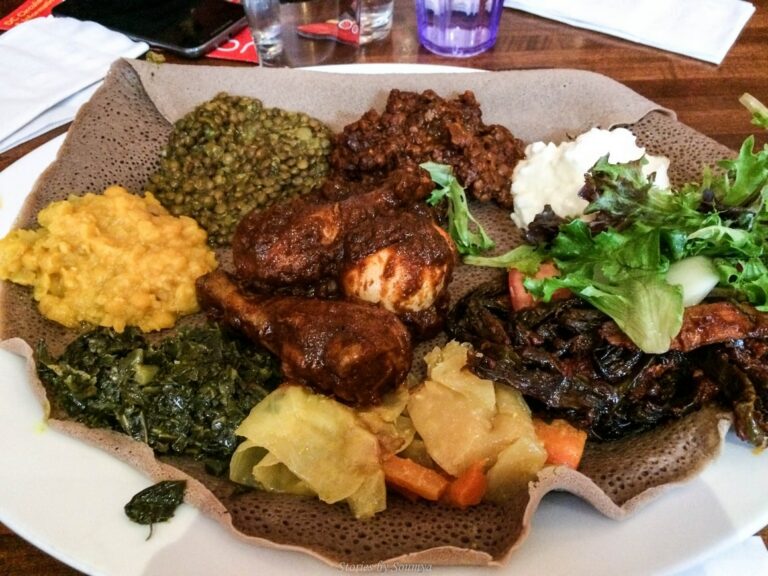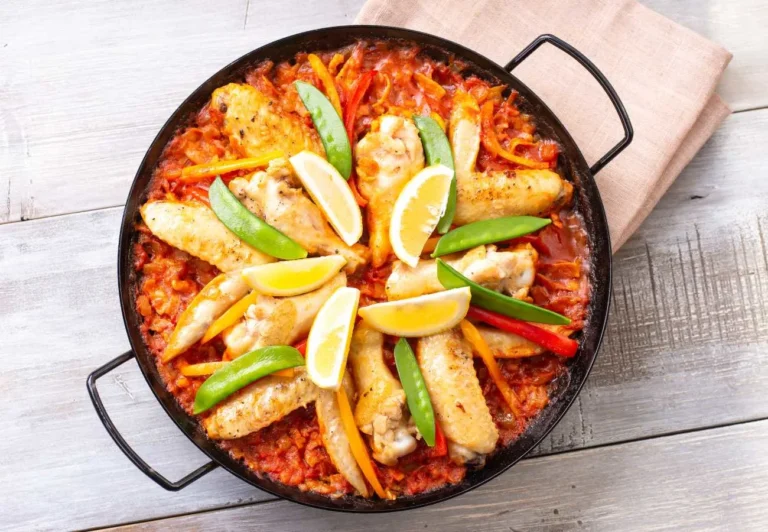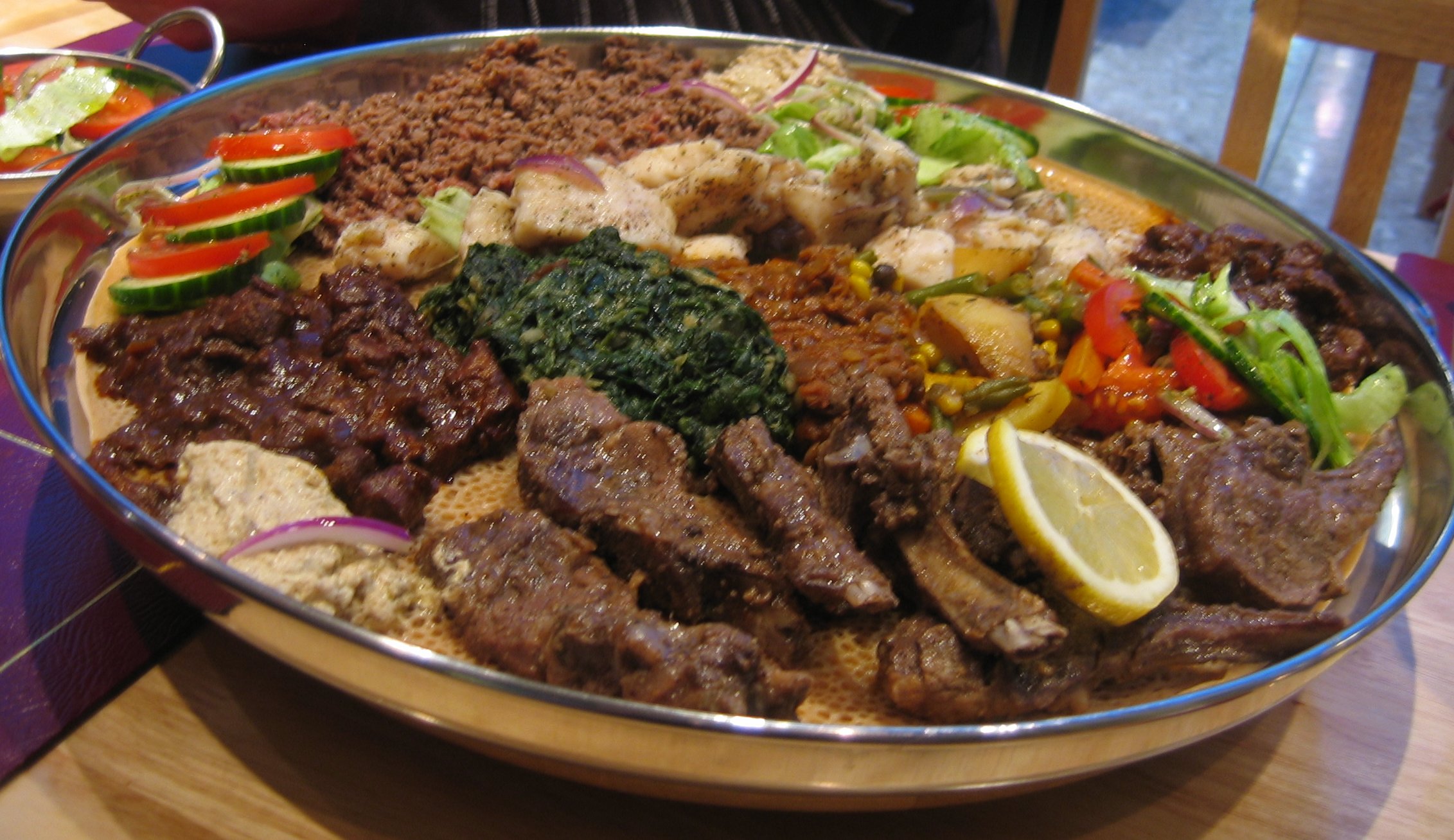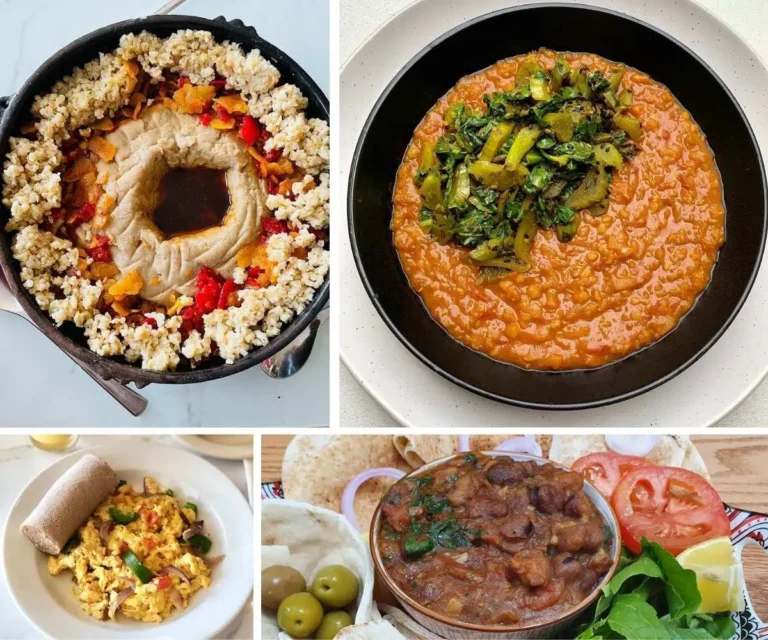Introduction to Ecuadorian Cuisine
Ecuadorian cuisine is a blend of indigenous traditions, Spanish influence, and African flavors. The cuisine is known for its diverse and colorful dishes that reflect the country’s varied geography. Seafood is abundant along the coast while the Andean region is known for its hearty stews and soups. Ecuadorian cuisine is also famous for its use of a variety of condiments and sauces that add flavor and spice to the dishes.
The Importance of Condiments and Sauces
Condiments and sauces are an integral part of Ecuadorian cuisine. They are used to enhance the flavor of dishes, add texture, and provide a balance of sour, sweet, salty, and spicy flavors. Many of these sauces and condiments are made from fresh ingredients such as chili peppers, herbs, and fruits. They are often served on the side, allowing diners to add them to taste. Ecuadorians take great pride in their condiments and sauces, and many families have their unique recipes that have been passed down through generations.
Aji: The Most Popular Condiment in Ecuador
Aji is the most popular condiment in Ecuador, and it is used in almost all dishes. It is a sauce made from chili peppers, cilantro, onions, and lime juice. Aji is a perfect accompaniment to grilled meats, fish, and seafood. It adds a spicy kick to dishes and is often served with empanadas, tamales, and ceviche. Aji comes in various forms, and each region has its unique recipe. In the coastal regions, aji is made with tomatoes, while in the highlands, it is made with toasted peanuts.
Salsa de Maní: A Peanut Sauce for Meat Dishes
Salsa de Maní is a peanut sauce that is commonly used in Ecuadorian cuisine. It is a thick, creamy sauce made from peanuts, bread, garlic, and milk. Salsa de Maní is a versatile sauce and is often served with grilled meats such as chicken and beef. It can also be used as a dip for vegetables or as a spread for sandwiches. Salsa de Maní is a popular sauce in the Andean region of Ecuador, where it is often served with boiled potatoes.
Encocado: A Coconut-Based Sauce for Seafood
Encocado is a coconut-based sauce that is commonly used in Ecuadorian seafood dishes. It is a creamy, savory sauce made from coconut milk, onions, garlic, and lime juice. Encocado is often used in dishes such as ceviche, shrimp, and fish stews. The sauce adds a rich, creamy flavor to the seafood and is perfect for those who love coconut.
Chimichurri: A Tangy Herb Sauce for Grilled Meats
Chimichurri is a tangy herb sauce that is commonly used in South American cuisine, including Ecuadorian dishes. It is a blend of fresh herbs such as parsley, oregano, and cilantro, garlic, red pepper flakes, vinegar, and oil. Chimichurri is a perfect sauce for grilled meats such as beef, chicken, and pork. It adds a tangy, herbaceous flavor to the meat and is often used as a marinade.
Mote Pillo: A Traditional Egg and Corn Dish with Aji
Mote Pillo is a traditional Ecuadorian dish made with corn and eggs. It is often served for breakfast and is a hearty, filling dish that is perfect for a busy day. Mote is a type of corn that is boiled and then fried with onions and garlic. The corn is then mixed with scrambled eggs and served with aji on the side. Mote Pillo is a simple dish, but the combination of corn, eggs, and aji is delicious and satisfying.
Conclusion: Try These Ecuadorian Condiments and Sauces!
Ecuadorian cuisine is full of flavor, and the use of condiments and sauces is an essential part of it. Aji, Salsa de Maní, Encocado, Chimichurri, and Mote Pillo are just a few examples of the sauces and condiments used in Ecuadorian dishes. They add a unique flavor and texture to the dishes and are a must-try for anyone interested in Ecuadorian cuisine. So, next time you’re in Ecuador or at an Ecuadorian restaurant, be sure to try out these delicious condiments and sauces.

